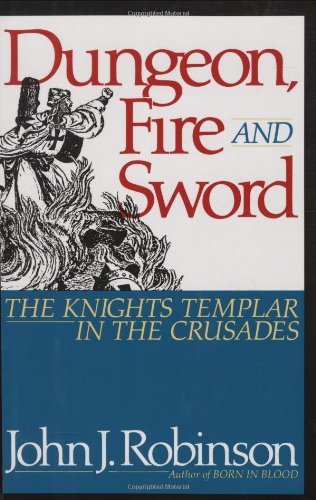It is Christmas Day 1130 in Palermo, Sicily. On this day, Roger de Hauteville, a descendant of Norman Vikings who had conquered England only 64 years previous, will be crowned the King of Sicily, encompassing all of southern Italy. His creation would exist in one form or another until 1816. He was not your everyday medieval monarch, nor was his royal investiture normal.
He was crowned in the presence of an Orthodox archbishop and by a relatively successful Antipope, Anacletus II. The great-great grandson of Jews who converted to Christianity, this was before institutions like the Inquisition when young men with the wrong ancestors could still be Pope.
Roger had been Count of Sicily since he was 9 years old, under the regency of his mother, Adelaide, a northern Italian whom Roger I had married merely because she was rumored to be fertile and Roger I was getting old with no sons. That paid off.
During the regency of Roger II, Adelaide had remarried in an effort to increase her own and her child son’s potential power. Her new husband was Baldwin I of Jerusalem, King of the Crusader Kingdom. Roger II was named successor to the Kingdom of Jerusalem if Baldwin and Adelaide had no natural children. Unfortunately for Roger, this marriage was declared bigamous (Baldwin had an Armenian wife in Edessa) so he never ascended that holy but cursed throne.
Sicily at the time of Roger’s coronation was a cosmopolitan and multi-cultural place compared to the rest of Europe. Before falling to the Normans, it had been ruled and populated by Arabs and Byzantines in the chaotic wake of the Roman collapse. One of Roger’s advisors and military captains was a man named Christodulus (“Slave of Christ”). He was likely either Greek Orthodox or Western Christian converted from Islam. His title was Emir of Palermo, and was later made Emir of the Sea (Amir Al-Bahr) by Roger. This is where we get the word “Admiral.”

But as usual with history, the real interesting bits in history appear when you look at actual objects. The picture above is of Roger’s coronation mantel (a very large cape). It is now housed in the Hapsburg treasury in Vienna where it ended up after centuries of theft and royal intermarriage. You can see it there on display today.
This is a fascinating piece. First, the gold and silk work is stunning by itself. We have no idea who made this, but they were quite skilled for the time and the technology. Second, it features on both sides a lion attacking and getting the better of a camel. No need to explain that imagery. But the tree down the middle and the edge along the top are filled with Arabic and Islamic shapes and design, many common in mosques at the time.
Most interesting is the writing along the bottom. It is written in Kufic Arabic script and says:
Here is what was created in the princely treasury, filled with luck, illustration, majesty, perfection, longanimity, superiority, welcome, prosperity, liberality, shine, pride, beauty, the achievement of desires and hopes, the pleasure of days and nights, without cease or change, with glory, devotion, preservation, protection, chance, salvation, victory and capability, in the capital of Sicily, in the year 528.
528? Yes, that would be 528 Anno Hegirae, in the year of the Hegira.
This mantel was part of the Hapsburg coronation vestments through the last Austrian Emperor’s crowning in 1916.
Another still-standing example of Roger’s polyglot kingdom is the Capella Palatina in Palermo. It was built by Roger as the royal family’s chapel and features Norman decor, Byzantine architecture, as well as Islamic arches and script throughout. Interestingly, Roger placed no human figures in the church. Those now there were placed by later rulers.
After 1130, Roger consolidated his kingdom, fighting off rebellions as well as the German Emperor and the Byzantine Emperor. He also made a significant effort at grabbing large parts of the North African coast from various Muslim kingdoms. He captured Tripoli in 1146 but this was not lasting. No one in the greater European power structure liked or respected Roger, but he always beat them.
Roger died in 1154 and was succeeded as king by his son William. This monarch is known to history as William the Bad, although it appears that’s just because his barons didn’t like the fact that they couldn’t rebel against him effectively.
Want more on Roger and his Norman predecessors as well as the fate of the Norman Kingdom of Sicily? Lars Brownworth’s Norman Centuries podcast is where you want to go. At the very least, listen to one on Frederick II.
